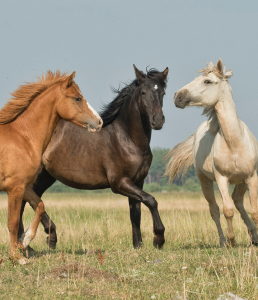
- This event has passed.
Taking the reins on equine health – three emerging biosecurity risks
October 13, 2022 @ 8:00 am - 5:00 pm AEDT

Horses loom large in the Australian psyche. There are about one million domestic horses in Australia, owned by some 400,000 people, representing 2 per cent of our population. On top of that, is the harness and thoroughbred racing and export industries, worth some $1.6 billion per annum to the Australian economy.
Protecting the health and welfare of horses from biosecurity risks and disease is imperative for these invested groups, as incursions are costly – emotionally, as well as economically. Australia was witness to this during the 2007 equine influenza (EI) virus outbreak. This outbreak infected 69,000 horses, across 9600 properties and cost the Australian governments $571 million to eradicate, which included compensation payments of $370 million to offset disruption costs to the horse industry and horse community during the eradication period.
Since 1994, Hendra virus (HeV) has been the cause of death in over 100 horses. The Hendra outbreak in 2008 also impacted domestic and industry horse owners, with events such as agricultural shows and horse events cancelled up and down Australia’s eastern seaboard. A retrospective study has identified a variant of Hendra virus. The sample used for the study was from a horse euthanased in Queensland in 2015. A second case of the variant was confirmed by the NSW Department of Primary Industries near Newcastle in October 2021, using updated testing methods made possible by the research.
This webinar examines the status and some of the biosecurity work surrounding three equine biosecurity risks, including Japanese encephalitis virus (JEV), Hendra virus variant (HeVg2) and African horse sickness virus (AHSV).
Link text
